On the rise: Bloomberg’s new HQ ramps it up a notch
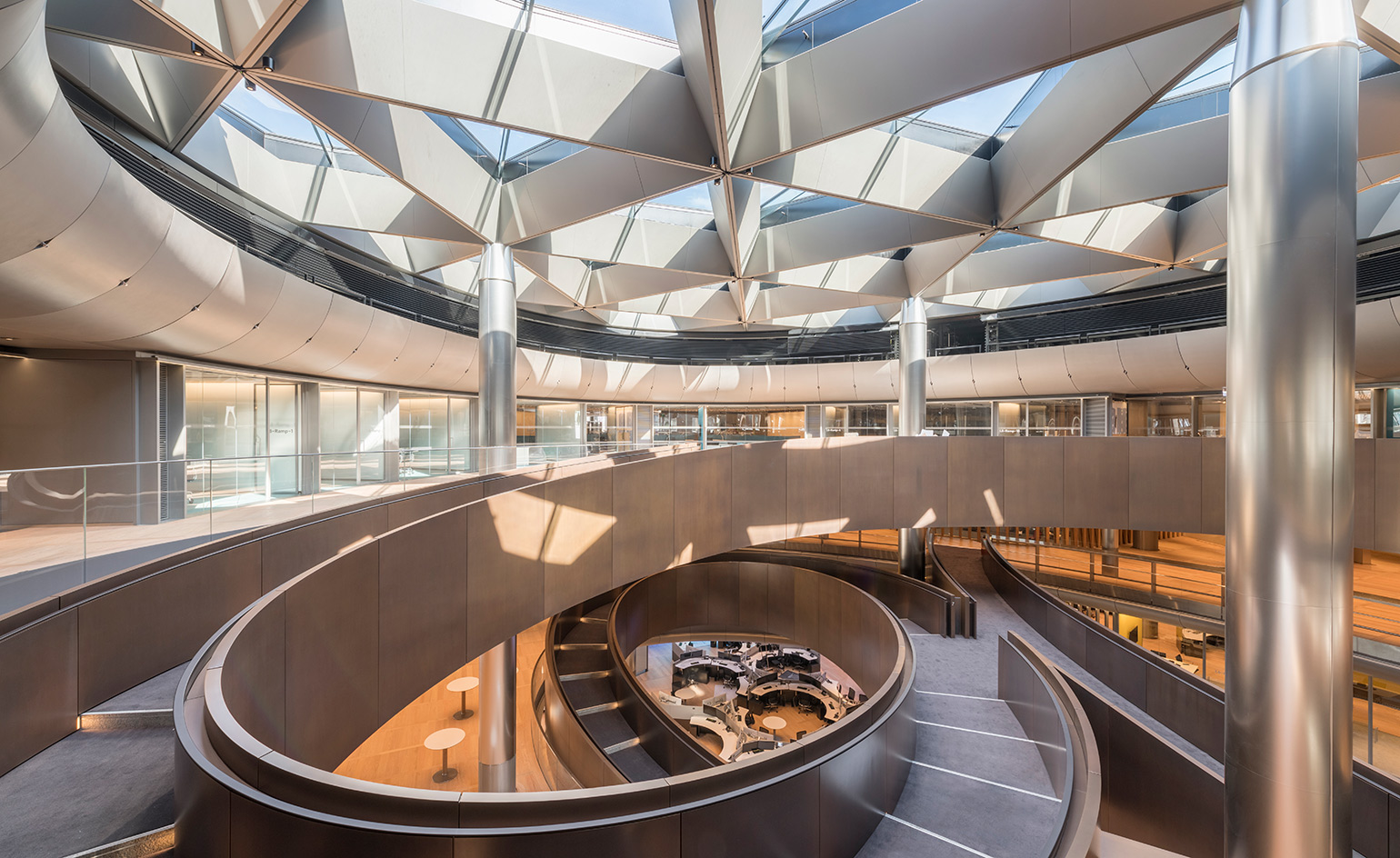
Foster + Partners’ design for Bloomberg’s new European headquarters in London is the result of founder Michael Bloomberg working closely with Lord Norman Foster to create a progressive workplace of the future, a pioneer of sustainable design exceeding all other office blocks in its environmental credentials, and a stimulating place for its 4,000 employees to work.
The formidable office is the first Bloomberg building that has been custom designed for the business, and it is also custom designed for its London location between Bank and St Pauls where the 3.2 acre site returns a lost part of Watling street back to the public realm, encompasses three public plazas and has a restored Roman temple beneath its sizeable mass. It's heavy, smoothly gridded facade of Derbyshire sandstone and bronze is certainly physically dominating, yet instead of attention seeking, it is mostly sturdy and reassuring.
With a focus on quality of design and materials, the new facility seeks to inspire its inhabitants through a series of architectural statements and commissioned art works throughout the building. Anchoring the main building is a bronze ramp that spirals up towards a triangulated glazed roof light in a triple helix form, called the ‘Vortex’. Spanning six floors of the office space, the three-person-wide walkway is a place for a catch-up, a stress stroll or a chance encounter with an unlikely collaborator.
At the base of the ramp and height of the Vortex, rippled surfaces of milled and polished aluminium designed by artist Olafur Eliasson mirror the blurred movements of passersby. This piece is one of six new site-specific art commissions found throughout the building and site that offer up holistic moments of awe throughout the day – whether walking through the lobby at 7am with a flat white, or passing through the arcade that intersects the two buildings on the way to Cannon Street.
Building on its commitment to supporting the arts across the world, Bloomberg encouraged artists to weave their installations into the fabric of the building and think about how people could interact with the works. Welcoming vistors into the ground floor auditorium is Pae White's work titled 'Pomona' which consists of three huge tapestries following the curve of a semi-circular wall and warming the space. Bringing a playful twist to the lower office floors, a colourful 12-part installation by artist Michael Craig-Martin entitled Lexicon magnifies everyday objects into monumental sculptures mounted onto the interior stone walls, while artist Arturo Herrera hangs abstract machine-cut wool felt shapes into the dining room space on the sixth floor.
The history of the London site is explored by Cristina Iglesias in her piece 'Forgotten Streams', a three part work of sculpted bronze and water, that winds through two of the public plazas – inspired by the historic Walbrook river that previously flowed through. Artist David Tremlett also traced history to the present through his work, referencing the forms of the Roman ruins that were discovered beneath it and the geometry of the contemporary architecture in his hand-coloured pastel crayon drawing, that was installed on site over a period of time with a team of assistants.
Adjoining the building, the Bloomberg Space currently holds a vibrant patchwork tapestry by contemporary artist Isabel Nolan and the gallery also serves as the public entrance to the Mithraeum, a restoration co-ordinated by Bloomberg of the Temple of Mithras that dates from the third century. Ruins of the temple were discovered on the very site of the new HQ back in 1954 and after a somewhat potted history of preservation and display attempts, the temple has now be restored to epic glory by Local Projects and Studio Joseph – complete with light show and Latin chanting – and is open for the public to visit for free. A marvellous display of Roman artefacts that Bloomberg discovered while excavating is also exhibited in the gallery – 'As stewards of this ancient site and its artefacts, we have a responsibility to preserve and share its history,' said Bloomberg of the Mithraeum project.
The whole Bloomberg HQ, with its attention to the public realm, patronage of the contemporary arts, preservation of British history and contribution to public life is evidence of Michael Bloomberg’s intense commitment to historic preservation and future enrichment of culture, which will no doubt continue to be a valuable asset to the city of London and the UK in the face of Brexit.
A version of this was originally featured in the December 2017 issue of Wallpaper* (W*225)
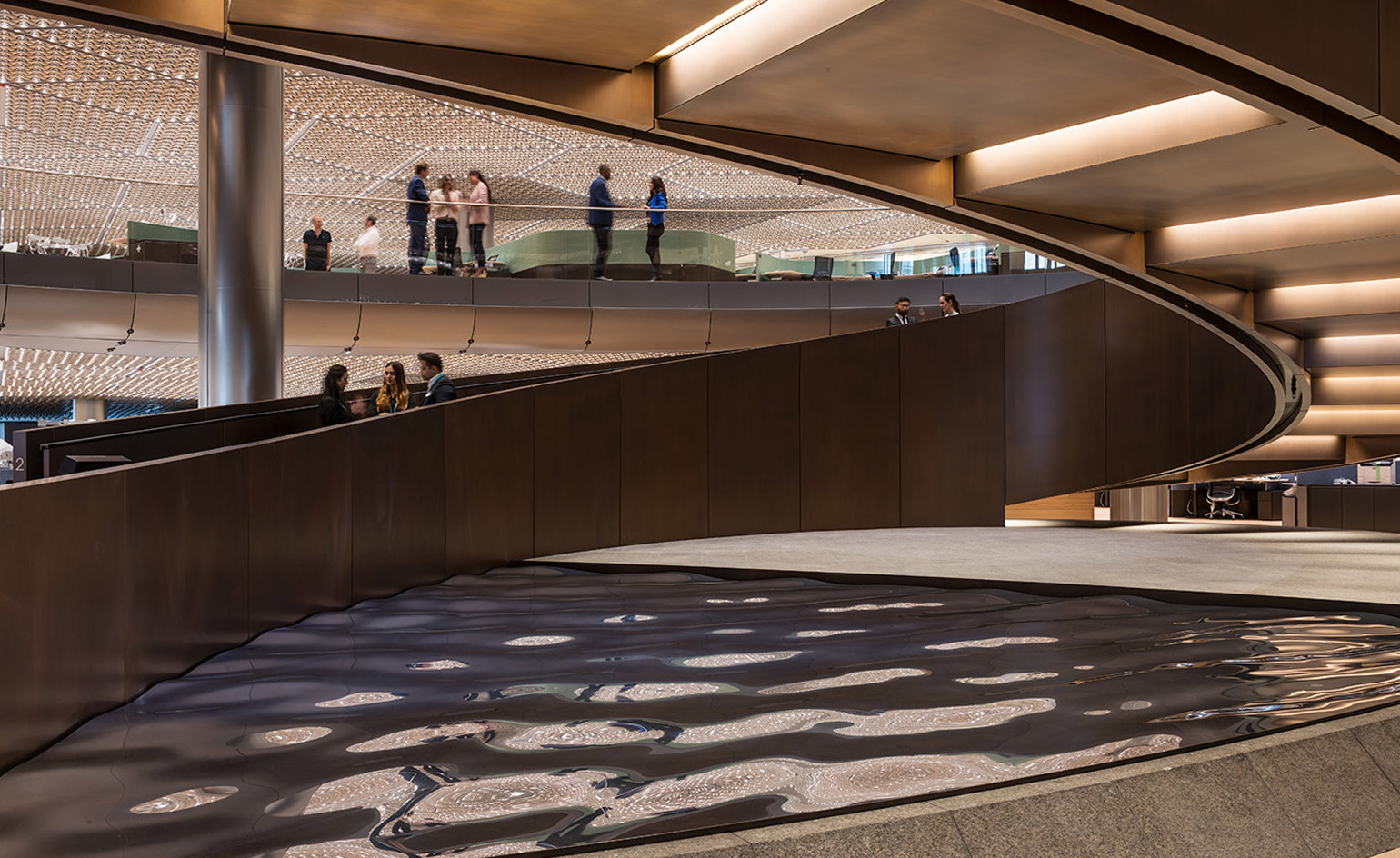
Olafur Eliasson’s No future is possible without a past is installed in the Vortex on the ground floor and at the base of the ramp on the second floor.
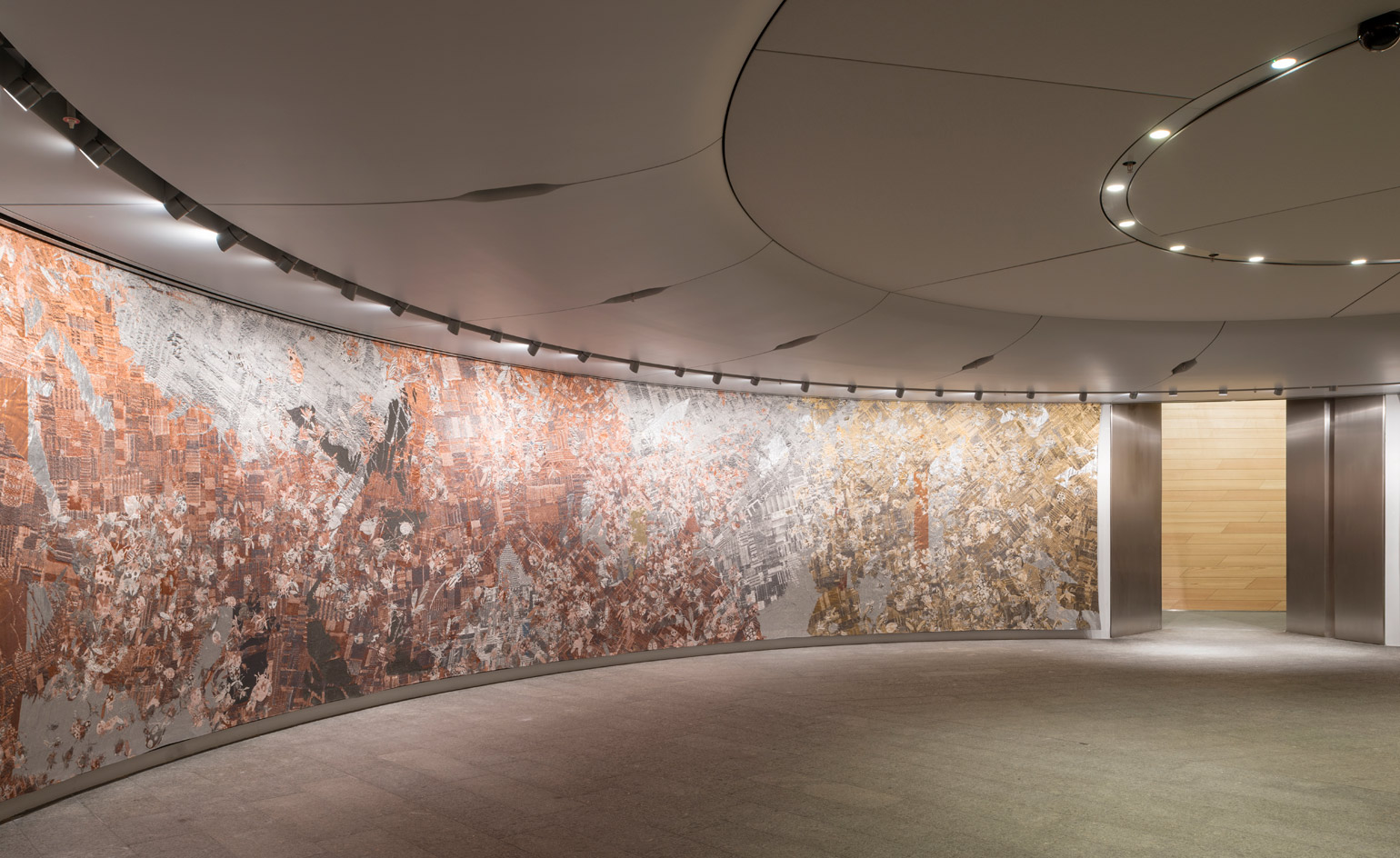
Installation view of Pae White’s Pomona on the ground floor in the auditorium’s pre-function space.
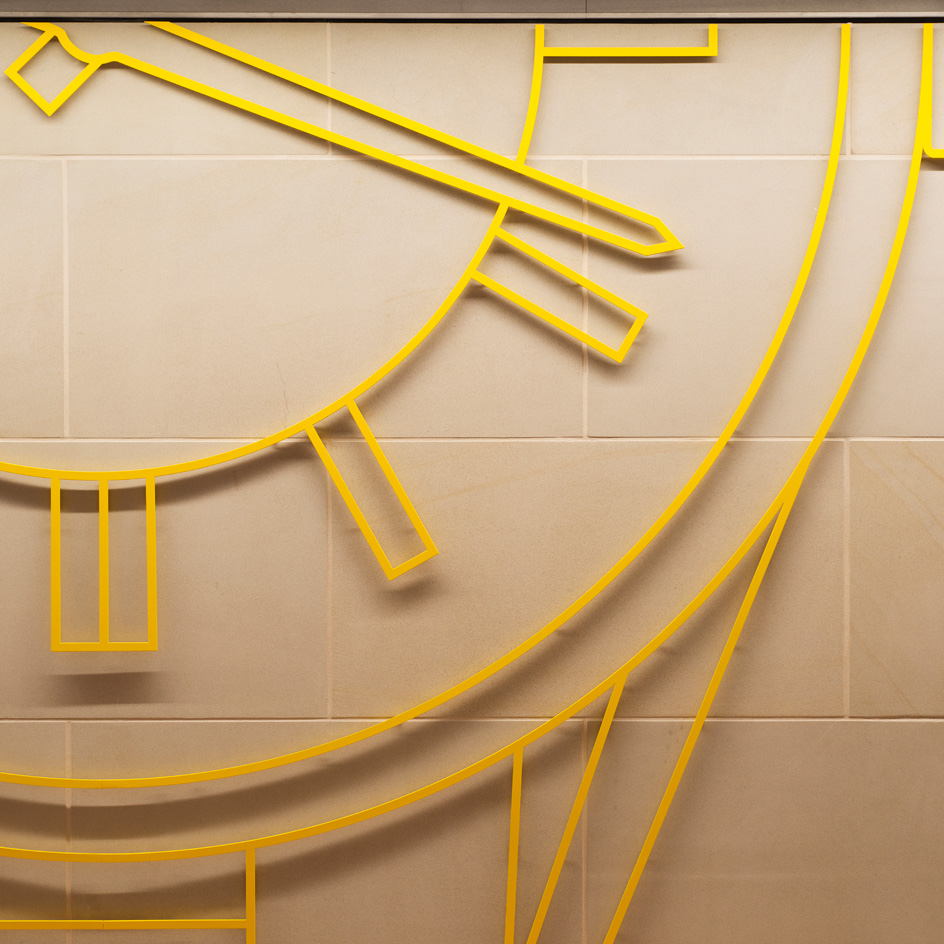
Lexicon, by Michael Craig-Martin, spans the walls of the second, third and fourth floors.
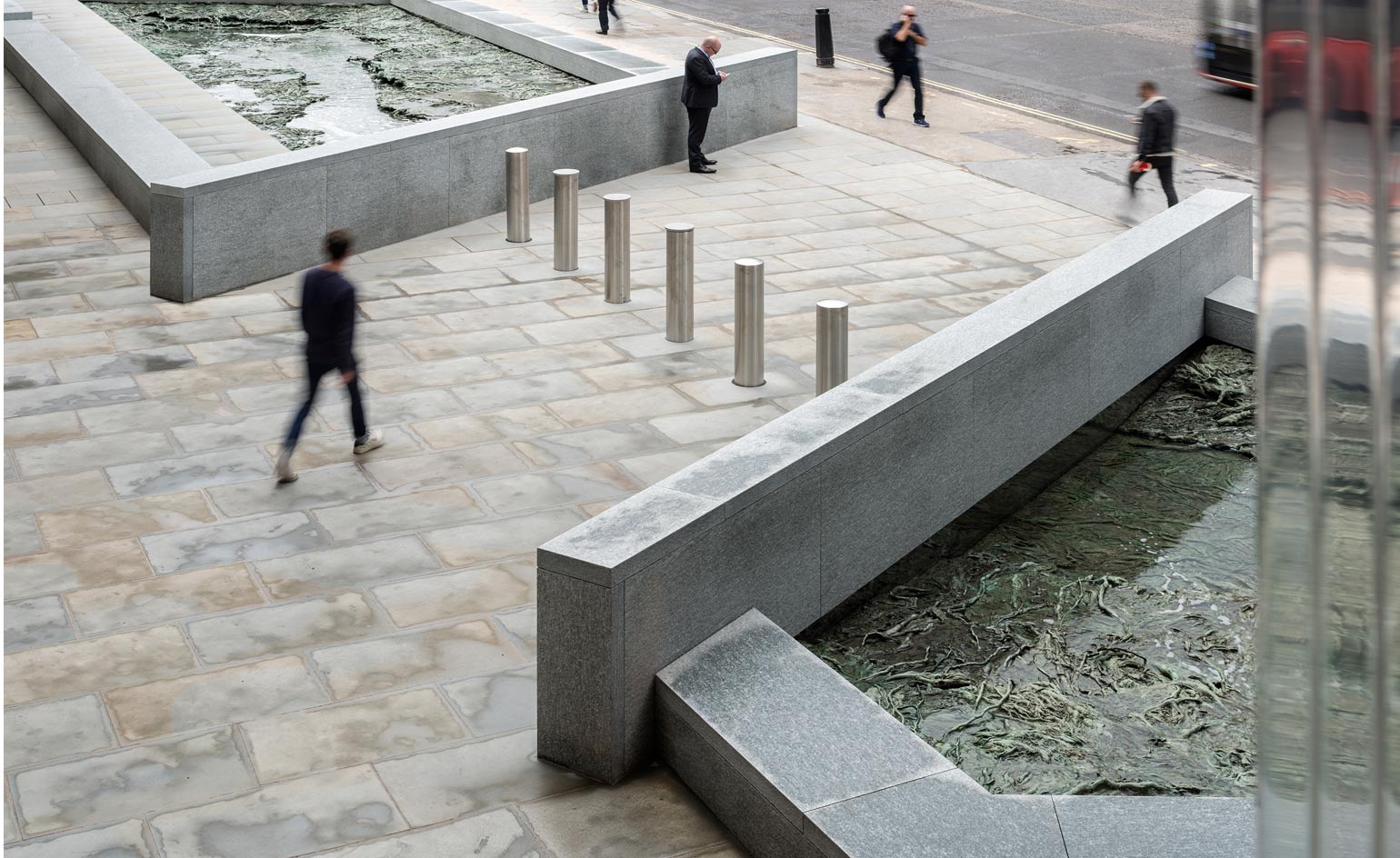
Cristina Iglesias’ Forgotten Streams features in two of the public plazas around the Bloomberg European HQ site.
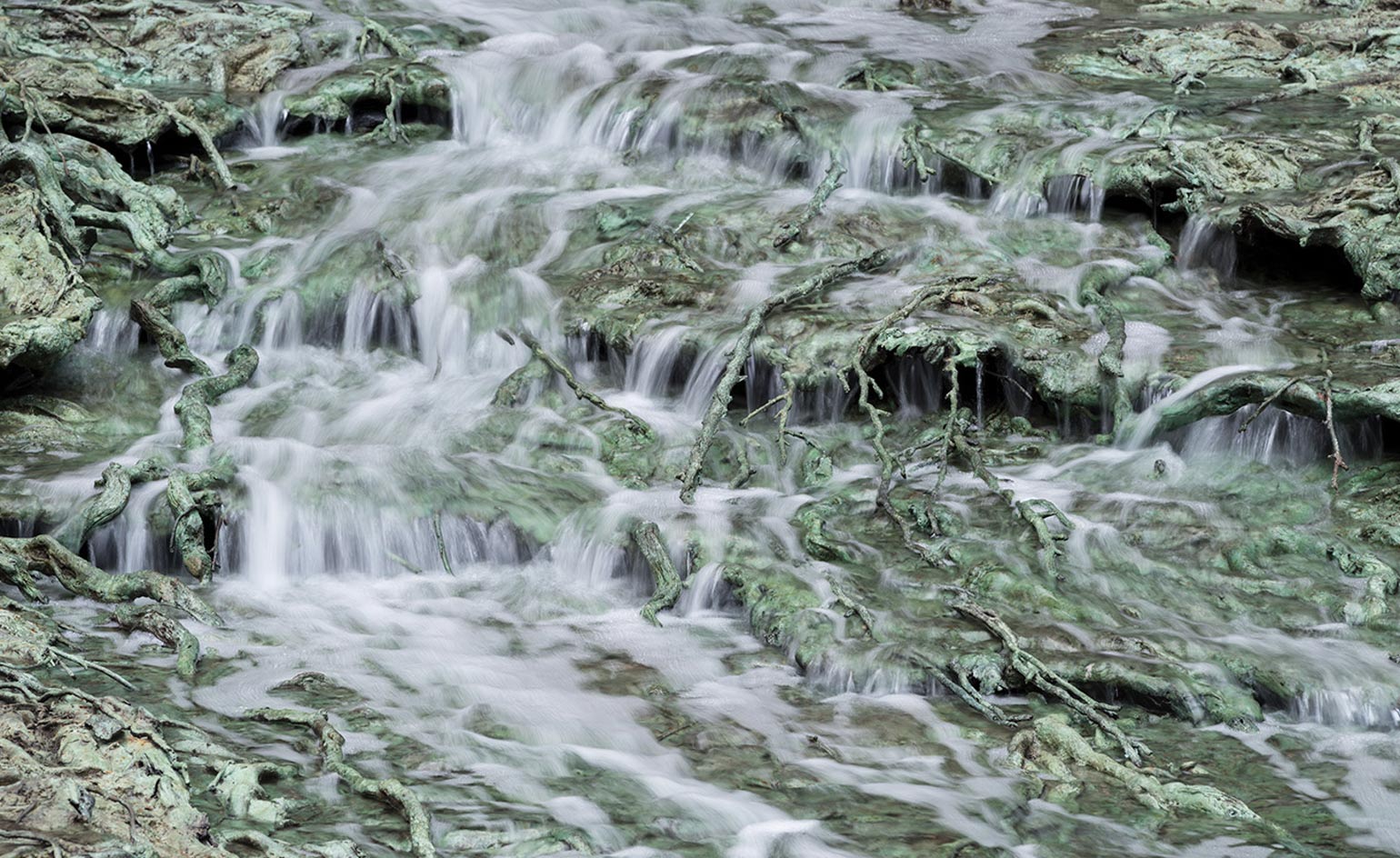
Detail of Iglesia’ Forgotten Streams made of bronze, with water.
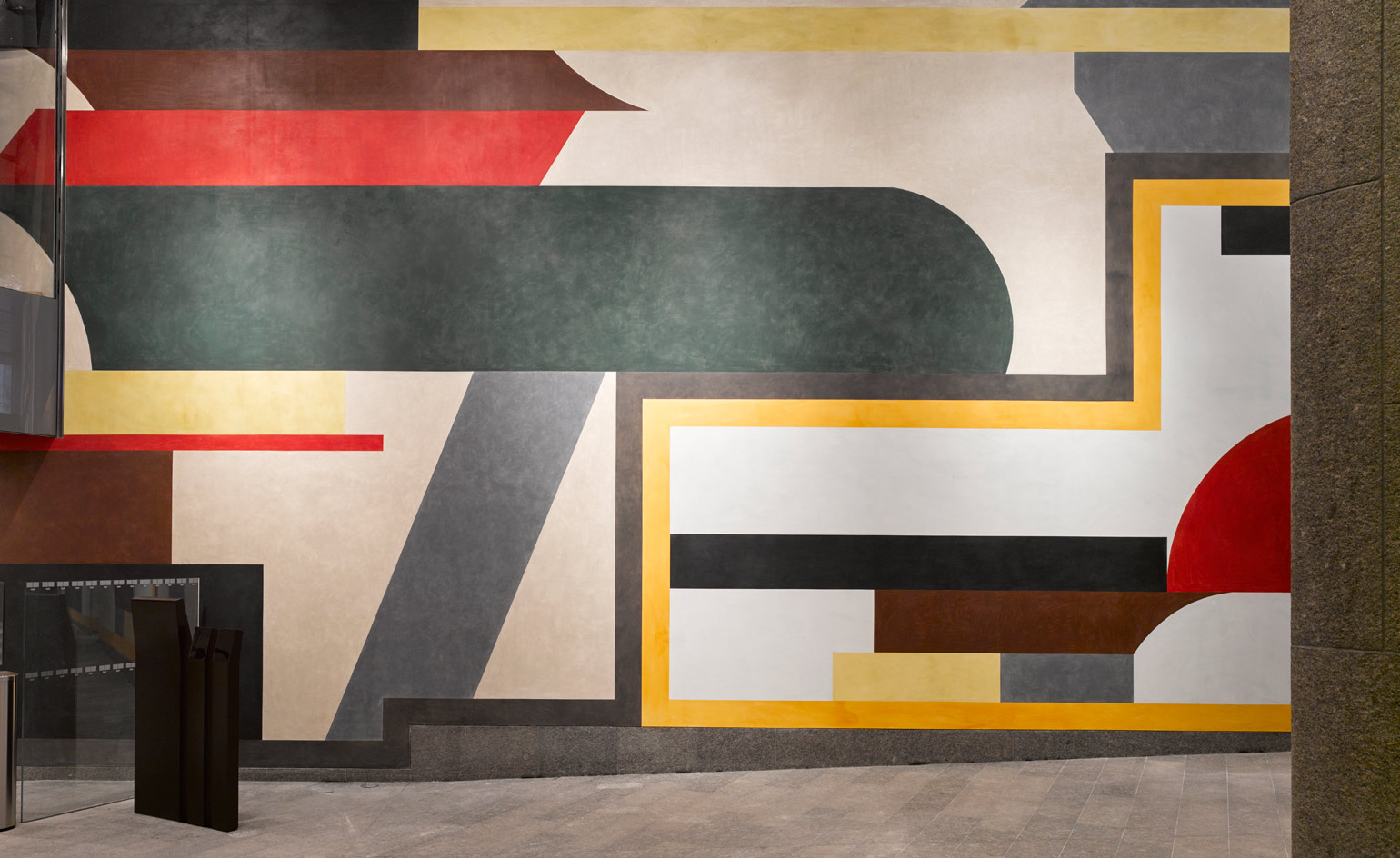
David Tremlett’s City Drawing #1, located in the south building reception hall and elevator lobby.
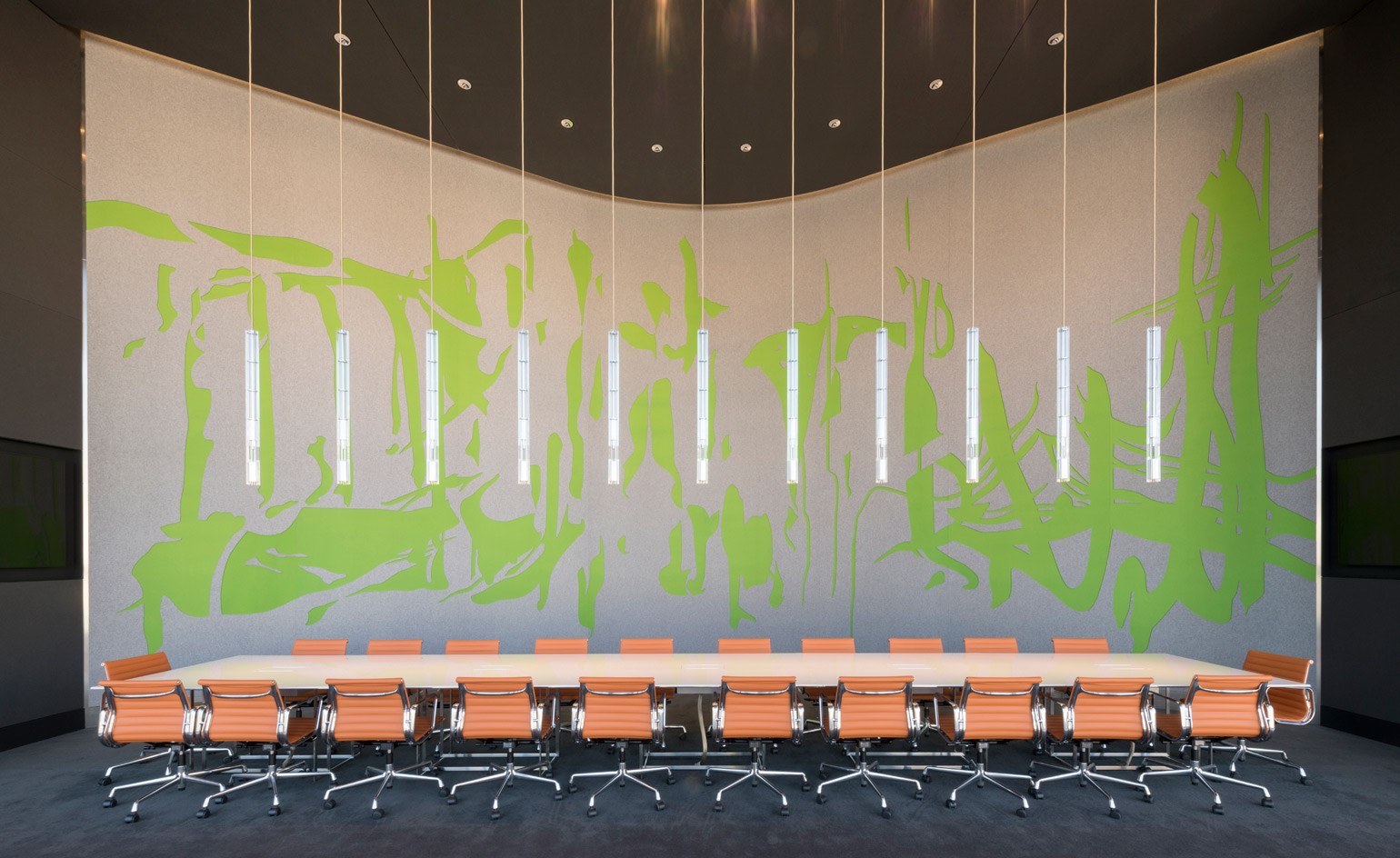
Sortario, by Arturo Herreras, located on the sixth floor in the dining room
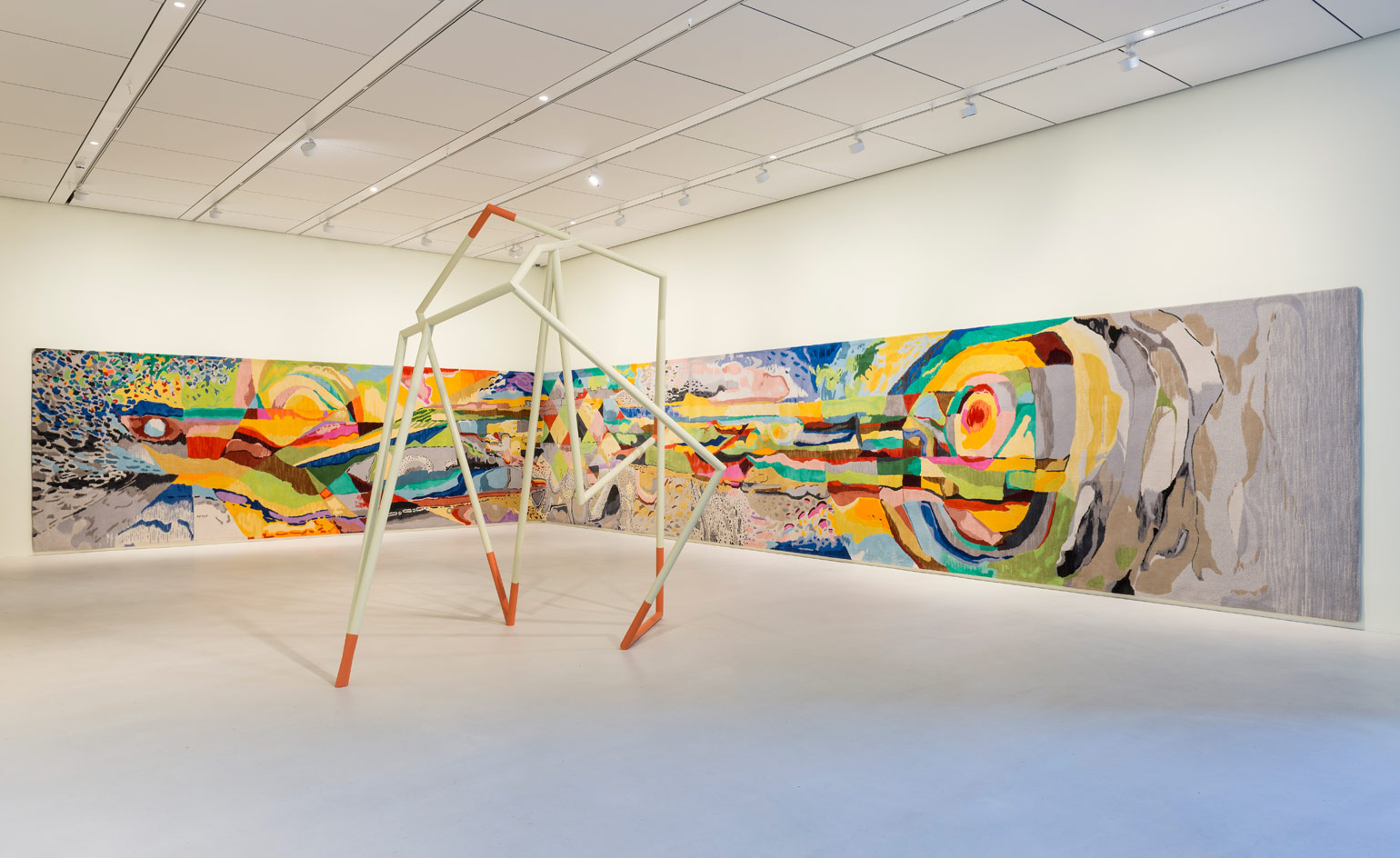
Another view from Nowhen, by Isabel Nolan at Bloomberg Space.
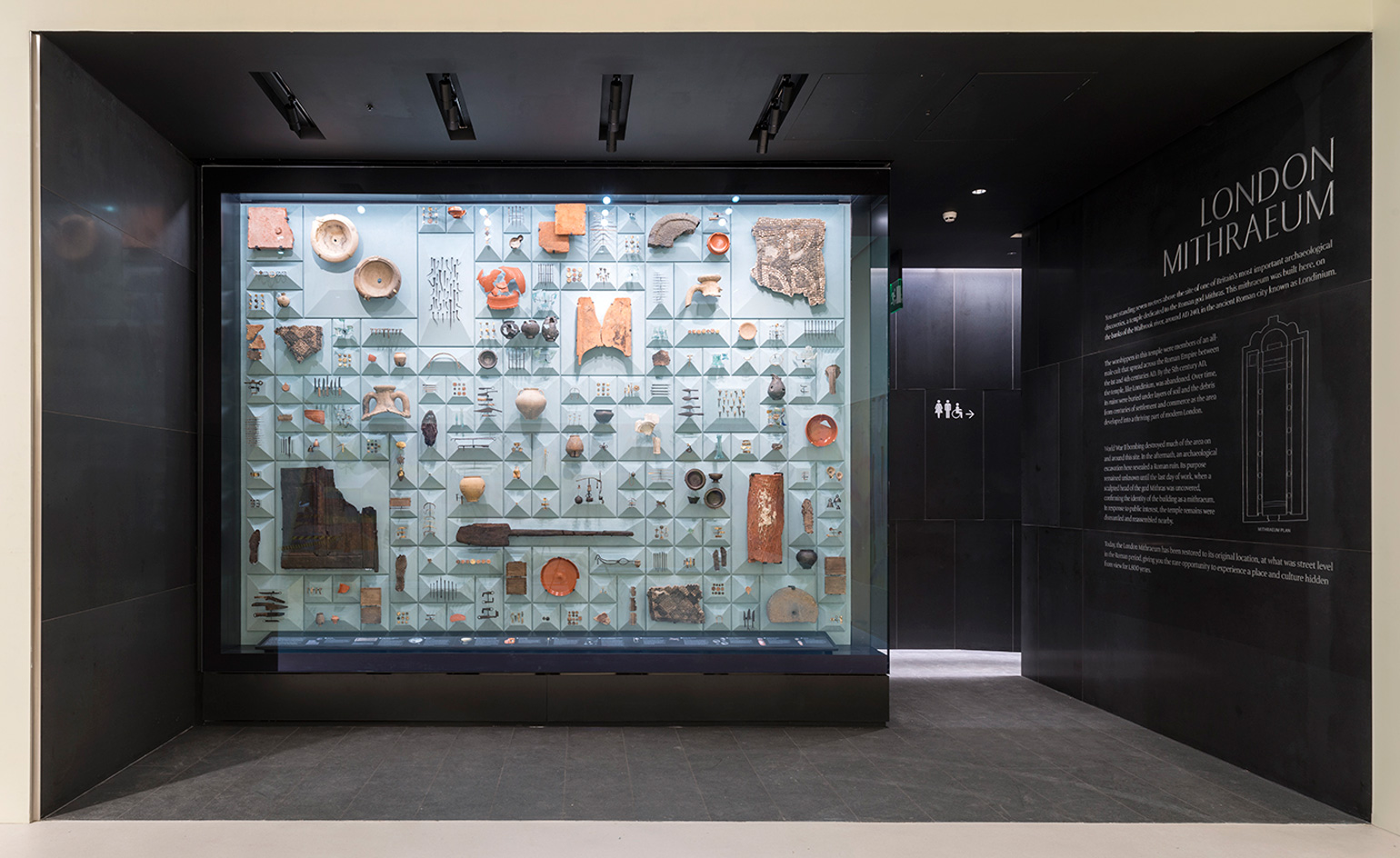
London Mithraeum Bloomberg Space is a new cultural destination created as part of the development of Bloomberg’s new HQ. Six hundred of the 14,000 Roman artefacts uncovered on the Bloomberg site are on show.
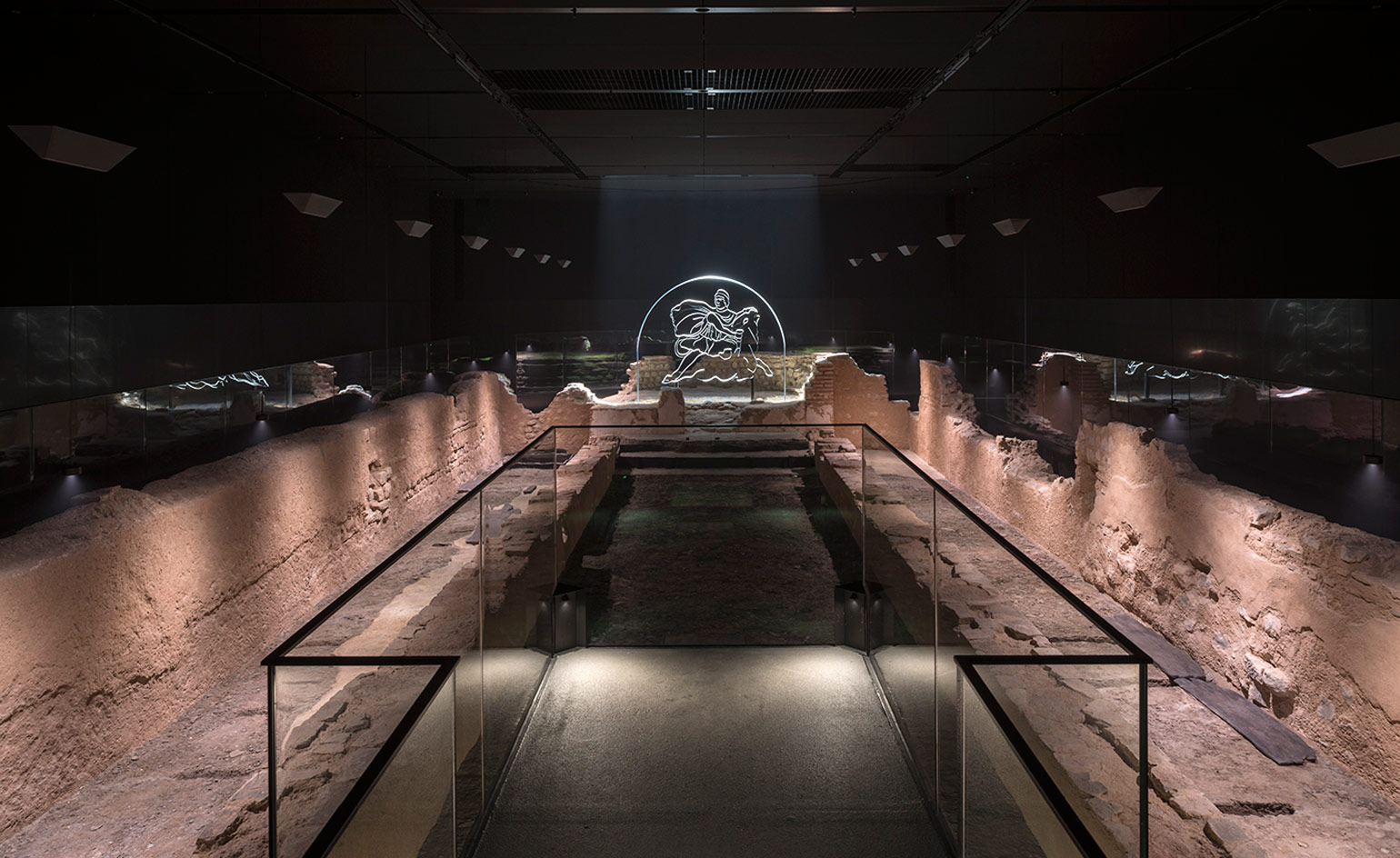
The immersive temple reconstruction uses carefully directed lights, haze and sound to bring the temple’s remains to life, and to evoke the rituals and activities that took place within its cave-like walls
INFORMATION
For more information, visit the Foster + Partners website and the Bloomberg website
Wallpaper* Newsletter
Receive our daily digest of inspiration, escapism and design stories from around the world direct to your inbox.
Harriet Thorpe is a writer, journalist and editor covering architecture, design and culture, with particular interest in sustainability, 20th-century architecture and community. After studying History of Art at the School of Oriental and African Studies (SOAS) and Journalism at City University in London, she developed her interest in architecture working at Wallpaper* magazine and today contributes to Wallpaper*, The World of Interiors and Icon magazine, amongst other titles. She is author of The Sustainable City (2022, Hoxton Mini Press), a book about sustainable architecture in London, and the Modern Cambridge Map (2023, Blue Crow Media), a map of 20th-century architecture in Cambridge, the city where she grew up.
-
 A Xingfa cement factory’s reimagining breathes new life into an abandoned industrial site
A Xingfa cement factory’s reimagining breathes new life into an abandoned industrial siteWe tour the Xingfa cement factory in China, where a redesign by landscape specialist SWA Group completely transforms an old industrial site into a lush park
By Daven Wu
-
 Put these emerging artists on your radar
Put these emerging artists on your radarThis crop of six new talents is poised to shake up the art world. Get to know them now
By Tianna Williams
-
 Dining at Pyrá feels like a Mediterranean kiss on both cheeks
Dining at Pyrá feels like a Mediterranean kiss on both cheeksDesigned by House of Dré, this Lonsdale Road addition dishes up an enticing fusion of Greek and Spanish cooking
By Sofia de la Cruz